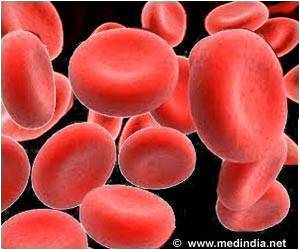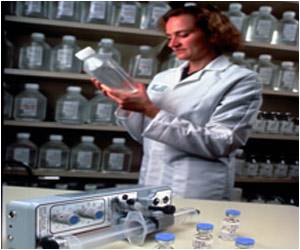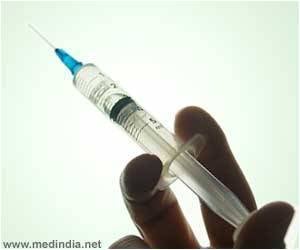Researchers have designed a DNA nanomachine which can detect a huge range of antibodies, making the platform adaptable for many different diseases.

"This DNA nanomachine can be in fact custom-modified so that it can detect a huge range of antibodies, this makes our platform adaptable for many different diseases," Ricci said. The binding of the antibody to the DNA machine causes a structural change (or switch), which generates a light signal.
The sensor does not need to be chemically activated and is rapid - acting within five minutes - enabling the targeted antibodies to be easily detected, even in complex clinical samples such as blood serum.
"Our modular platform provides significant advantages over existing methods for the detection of antibodies," professor Alexis Vallee-Belisle from University of Montreal in Canada noted. "It is rapid, does not require reagent chemicals, and may prove to be useful in a range of different applications such as point-of-care diagnostics and bioimaging," Vallee-Belisle said.
"Another nice feature of our this platform is its low-cost," professor Kevin Plaxco of the University of California, Santa Barbara, US, pointed out. "The materials needed for one assay cost about 15 cents, making our approach very competitive in comparison with other quantitative approaches," Plaxco said.
The findings were detailed in the journal Angewandte Chemie.
Advertisement















